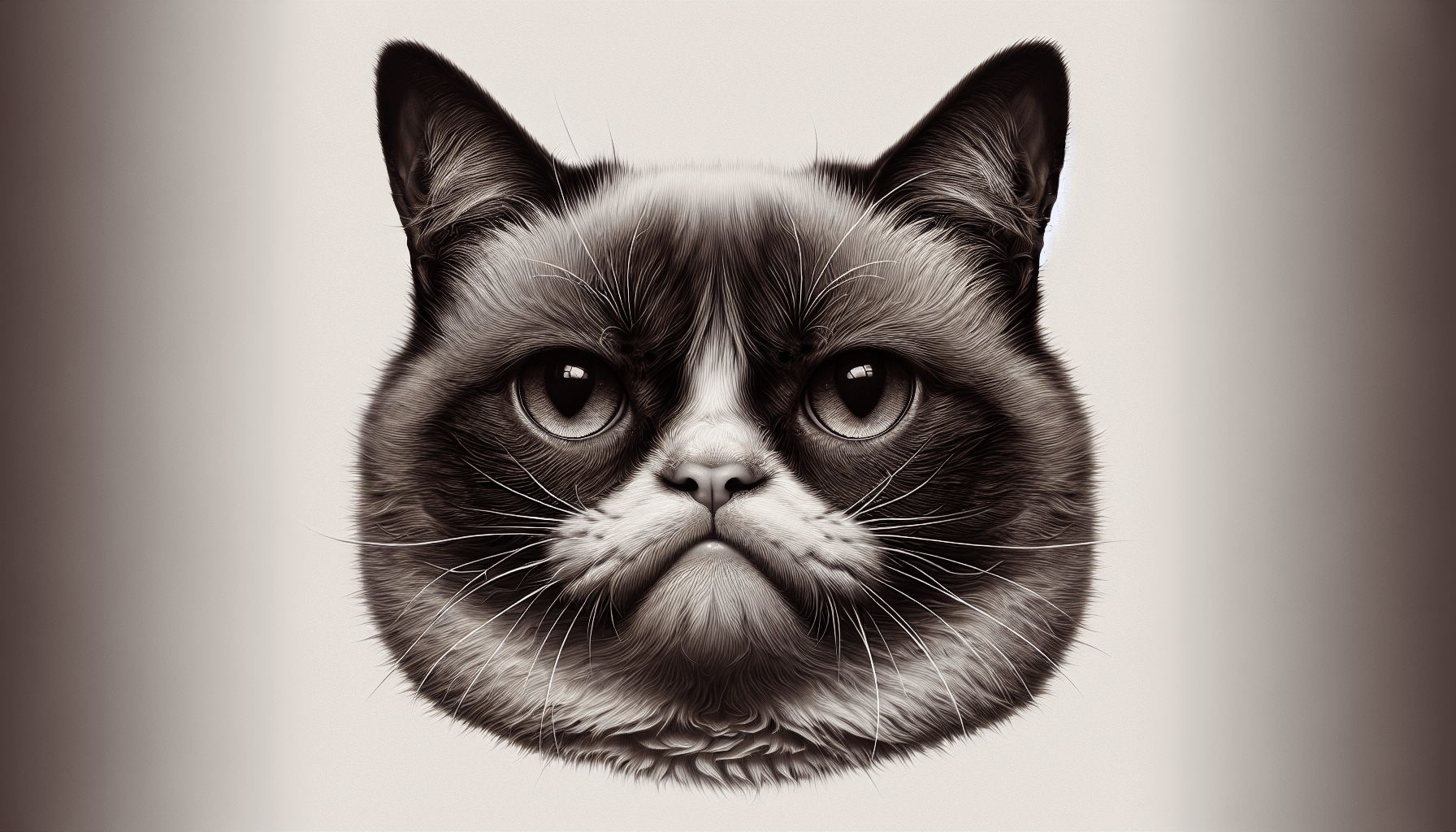Imagine you’ve just finished creating a beautiful handmade item, whether it’s a stunning piece of jewelry or a cozy knitted scarf. Now comes the exciting part: determining the price for your masterpiece. But with so many factors to consider, it can be a bit overwhelming. Don’t worry, though, because in this article, we’ll guide you through the process of calculating the perfect price for your homemade creation. From materials and labor costs to market demand and your own unique selling point, we’ll help you navigate the pricing maze and make sure you get fair compensation for your talent and hard work. So let’s dive in and discover the secrets to pricing your homemade item just right!
Factors to Consider in Pricing
When determining the price of a homemade item, there are several factors that you should take into consideration. These factors include the materials cost, labor cost, overhead cost, and profit margin. By carefully considering each of these factors, you can ensure that your pricing is fair and reflects the value of your product.
Materials Cost
The first factor to consider when pricing a homemade item is the cost of the materials used to create it. This includes not only the main components of your product but also any additional materials such as packaging or labels. To accurately calculate the materials cost, you need to determine the quantity of each material used and its associated cost. By including the cost of all materials, you can ensure that you are covering your expenses and not underpricing your product.
Labor Cost
The time and effort you put into creating your homemade item should also be considered when calculating its price. To determine the labor cost, you need to estimate the amount of time spent on creating each item. This includes not only the time spent directly working on the product but also any time spent on preparation, research, or clean-up. Once you have estimated the time spent, you can assign an hourly rate to calculate the labor cost.
Overhead Cost
In addition to the direct costs of materials and labor, you need to account for overhead costs when pricing your homemade item. Overhead costs refer to the indirect expenses associated with running your business, such as rent, utilities, insurance, and marketing expenses. To include overhead costs in your pricing, you need to identify and allocate these expenses per item. This ensures that you are covering all of the necessary costs to sustain your business while still making a profit.
Profit Margin
Lastly, you should determine the profit margin that you want to achieve with your homemade item. The profit margin is the amount of profit you want to make as a percentage of the total cost. When setting your profit margin, it is important to consider the market value of your product and the desired profit you want to make. By setting a reasonable profit margin, you can ensure that your pricing is competitive and allows for sustainable profitability.
Calculating Materials Cost
To accurately calculate the materials cost of your homemade item, there are several steps you need to follow.
Determine Quantity and Cost
Start by determining the quantity of each material used in the creation of your product. This includes measuring or estimating the amount of each material required for one unit. Once you have the quantities, you can multiply them by the cost per unit to calculate the total cost of each material.
Include Packaging Materials
Don’t forget to include the cost of any packaging materials in your calculations. Packaging materials not only protect your product but also contribute to its overall presentation. Be sure to include the cost of boxes, labels, stickers, or any other packaging materials you use.
Consider Cost of Tools and Equipment
In addition to the cost of materials and packaging, you should also consider the cost of any tools or equipment used to create your homemade item. This includes any specialized equipment, such as sewing machines or woodworking tools, as well as the general tools and supplies you use regularly. By factoring in the cost of tools and equipment, you can ensure that you are accounting for all the expenses required to produce your homemade item.
Determining Labor Cost
Calculating the labor cost of your homemade item involves estimating the time spent on its creation and assigning an appropriate hourly rate.
Estimate Time Spent
To estimate the time spent on creating each item, it is important to consider all the tasks involved. This includes both the hands-on work and any time spent on planning, designing, or finishing touches. Break down the process into smaller tasks and estimate the time it takes for each one. Add up the individual task times to determine the total time spent on one unit of your homemade item.
Assign Hourly Rate
Once you have estimated the time spent, you can assign an hourly rate to calculate the labor cost. This rate should consider the skill level required, your experience, and the local market rates. Keep in mind that your labor cost should not only cover your time but also contribute to your overall profitability.
Including Overhead Cost
Accounting for overhead costs is essential to ensure that your pricing covers all the indirect expenses of running your business.
Identify Indirect Expenses
Start by identifying all the indirect expenses associated with your business. This includes costs such as rent, utilities, insurance, licenses, permits, and any other expenses that are not directly related to the creation of your homemade item. Make a comprehensive list and ensure that all these expenses are accounted for in your pricing.
Allocate Overhead per Item
Once you have identified your overhead expenses, you need to allocate them per item. This can be done by determining the number of units you expect to sell within a specific period and dividing the total overhead cost by that number. By allocating overhead costs per item, you ensure that each sale contributes to covering your indirect expenses.
Setting a Profit Margin
Setting a profit margin for your homemade item is crucial to ensure that your pricing is both competitive and profitable.
Consider Market Value
When determining your profit margin, it is important to consider the market value of your product. Research similar items and their prices to understand the average market value. Setting your profit margin too high may make your product less attractive to potential customers, while setting it too low may result in unsustainable profitability.
Determine Desired Profit
In addition to the market value, you should also consider the desired profit you want to make. This could be a specific monetary amount or a percentage of the total cost. Take into account your business goals, expenses, and expected sales volume when determining your desired profit. Striking a balance between a competitive price and a desired profit will help ensure the long-term success of your homemade item.
Accounting for Marketing and Packaging
In addition to the direct costs of materials, labor, overhead, and profit margin, you should also consider the expenses associated with marketing and packaging.
Marketing Expenses
Marketing is crucial for the success of your homemade item. This includes activities such as advertising, social media promotion, and attending craft fairs or local markets. Consider the expenses associated with these marketing efforts, including any paid advertisements, photography, or graphic design. By including marketing expenses in your pricing, you ensure that you are covering all the costs associated with promoting your product.
Packaging Costs
Packaging not only protects your product but also contributes to its overall presentation. Include the cost of any boxes, labels, stickers, or other packaging materials used to package your homemade item. Sturdy and attractive packaging can enhance the perceived value of your product, so it is important to account for these costs in your pricing.
Calculating Total Cost
To determine the total cost of your homemade item, you need to sum up the costs of materials, labor, overhead, marketing expenses, and packaging costs.
Summing Up Materials, Labor, Overhead, and Marketing Costs
Add up the costs of all materials, including packaging materials, and the labor cost calculated based on the estimated time spent and hourly rate. Include overhead costs by allocating them per item. Also, consider the marketing expenses and packaging costs incurred. Summing up all these costs will give you the total cost of producing one unit of your homemade item.
Determining Market Price
Determining the market price of your homemade item involves researching competitors’ pricing and considering your target market.
Researching Competitors’ Pricing
Research similar products in the market to understand the price ranges. Look for items with similar features, quality, and target audience. This will give you an idea of the market prices and help you set a competitive price for your homemade item. It is important to find a balance between standing out from the competition and offering a price that is appealing to potential customers.
Considering Target Market
Consider your target market and their purchasing power. Understanding your customers’ willingness to pay and their perceived value of your product is essential in determining the market price. While it is important to cover your costs and desired profit, it is equally important to align your pricing with what your target market is willing to pay.
Determining Profitability
After calculating the total cost and determining the market price, it is crucial to assess the profitability of your homemade item.
Comparing Total Cost and Market Price
Compare the total cost of producing one unit of your homemade item with the market price you have determined. If the market price is higher than the total cost, it indicates that your pricing is profitable. However, if the market price is lower than the total cost, you might need to revisit your pricing strategy to ensure profitability.
Evaluating Profitability
Evaluate the profitability of your homemade item by considering the desired profit you have set. Calculate the profit per unit by subtracting the total cost from the market price. If the profit margin meets your expectations and contributes to the long-term sustainability of your business, it indicates that your pricing is viable. However, if the profit margin is insufficient, you may need to adjust your pricing or reassess your costs to ensure profitability.
Adjusting Price
Pricing is not a one-time decision, and it may need adjustment over time to adapt to changing market conditions and business circumstances.
Revisiting and Adjusting Pricing Strategy
Regularly monitor your costs, market trends, and competition and revisit your pricing strategy accordingly. Adjustments may be necessary to maintain competitiveness, cover increasing costs, or align with market demand. Revisit your pricing periodically to ensure that it remains profitable while meeting the needs and expectations of your target market.
Managing Supply and Demand
Managing supply and demand is another factor that may require price adjustments. If the demand for your homemade item is high and supply is limited, you may be able to increase your price without impacting sales. Conversely, if demand is low or you have excess inventory, you may need to adjust your price to stimulate sales. Monitoring supply and demand dynamics will help you make informed pricing decisions and ensure the continued success of your homemade item.
In conclusion, calculating the price of a homemade item requires a thorough consideration of factors such as materials cost, labor cost, overhead cost, and profit margin. By carefully estimating each of these costs, including marketing and packaging expenses, and evaluating market trends and competition, you can determine a pricing strategy that is fair, profitable, and appealing to your target market. Regularly reassessing your pricing and managing supply and demand will help ensure the ongoing success and profitability of your homemade item.



